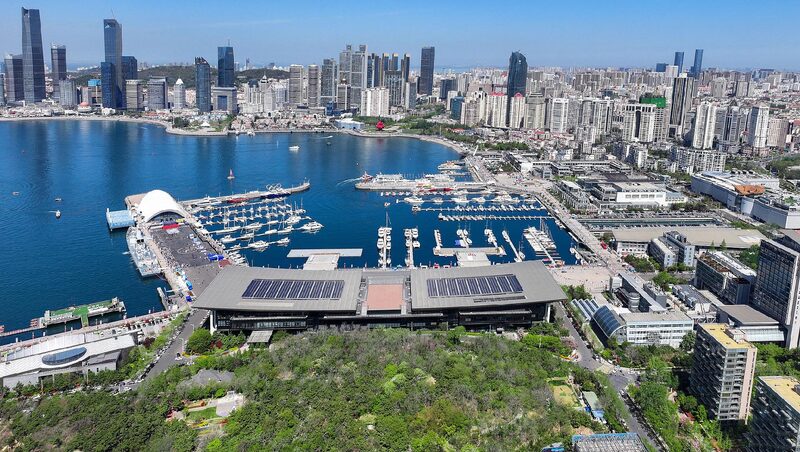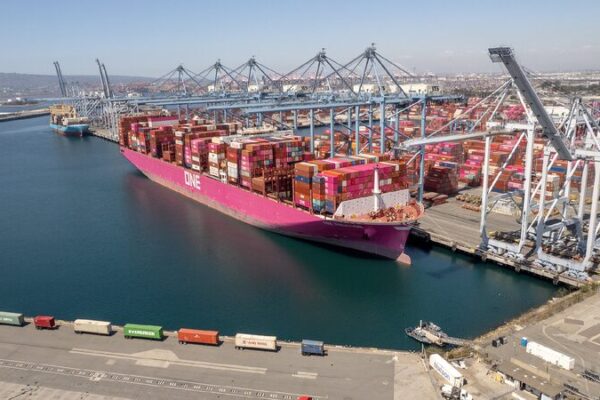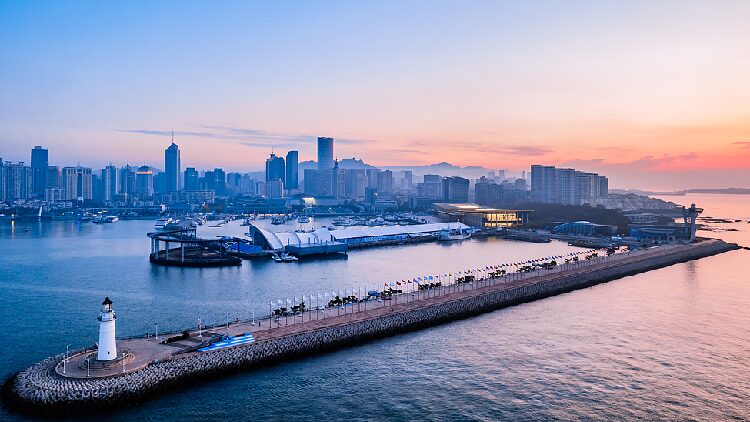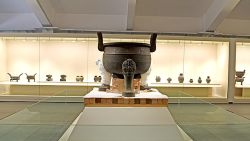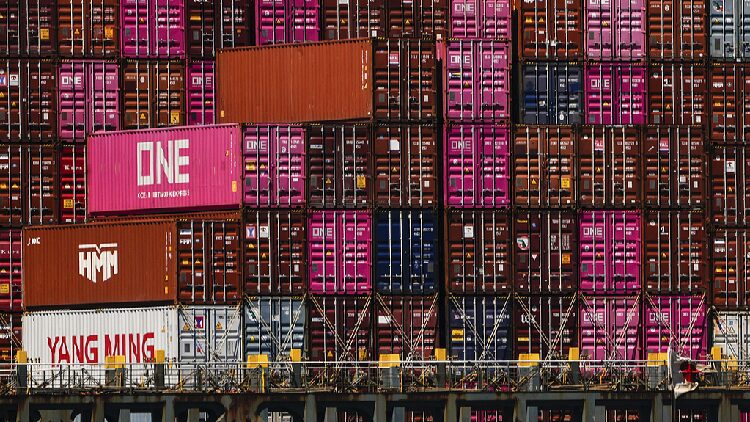China’s rich maritime legacy comes alive at the National Maritime Museum of China in Tianjin, where exhibits vividly trace the evolution of the nation’s shipbuilding technology. From humble dugout canoes carved in ancient times to the colossal, high-tech vessels of today, the museum offers a captivating journey through centuries of innovation and exploration.
Visitors can witness the transformation of ship types that propelled China’s growth in trade, international exchanges, and scientific discovery. The journey begins with the wooden plank boats of the Qin and Han dynasties, progresses through the advanced sailing ships of the Tang and Song dynasties, and reaches the zenith of ancient shipbuilding prowess during the Ming and Qing dynasties. Notably, the Fujian-style ships, renowned ocean-traveling wooden boats built in Fujian Province, ventured far across the seas, showcasing China’s early maritime capabilities.
In modern times, China’s shipbuilding industry faced the challenge of Western technological advancements. However, since the founding of the People’s Republic of China, the nation has rapidly advanced in this field. Achievements include independently constructing ten-thousand-ton giant ships and developing high-tech marine equipment such as scientific research vessels, polar icebreakers, and deep-sea submersibles. These accomplishments reflect a remarkable transformation and highlight China’s resurgence as a leading maritime nation.
The National Maritime Museum of China not only celebrates the past but also inspires future generations to appreciate the ingenuity and perseverance that have shaped China’s maritime story. It’s a must-visit destination for anyone interested in the waves of history that have carried China into the modern era.
Reference(s):
cgtn.com

